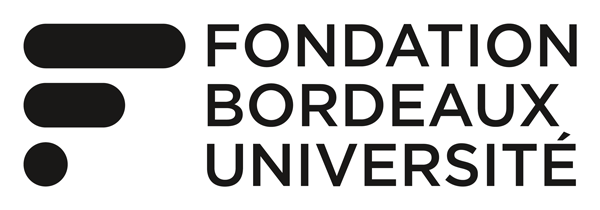Abstract
Bubble-enhanced heating (BEH) may be exploited to improve the heating efficiency of high-intensity focused ultrasound in liver and to protect tissues located beyond the focal point. The objectives of this study, performed in ex vivo pig liver, were (i) to develop a method to determine the acoustic power threshold for induction of BEH from displacement images measured by magnetic resonance acoustic radiation force imaging (MR-ARFI), and (ii) to compare temperature distribution with MR thermometry for HIFU protocols with and without BEH. The acoustic threshold for generation of BEH was determined in ex vivo pig liver from MR-ARFI calibration curves of local tissue displacement resulting from sonication at different powers. Temperature distributions (MR thermometry) resulting from « conventional » sonications (20 W, 30 s) were compared with those from « composite » sonications performed at identical parameters, but after a HIFU burst pulse (0.5 s, acoustic power over the threshold for induction of BEH). Displacement images (MR-ARFI) were acquired between sonications to measure potential modifications of local tissue displacement associated with modifications of tissue acoustic characteristics induced by the burst HIFU pulse. The acoustic threshold for induction of BEH corresponded to a displacement amplitude of approximately 50 μm in ex vivo liver. The displacement and temperature images of the composite group exhibited a nearly spherical pattern, shifted approximately 4 mm toward the transducer, in contrast to elliptical shapes centered on the natural focal position for the conventional group. The gains in maximum temperature and displacement values were 1.5 and 2, and the full widths at half-maximum of the displacement data were 1.7 and 2.2 times larger than in the conventional group in directions perpendicular to ultrasound propagation axes. Combination of MR-ARFI and MR thermometry for calibration and exploitation of BEH appears to increase the efficiency and safety of HIFU treatment.
